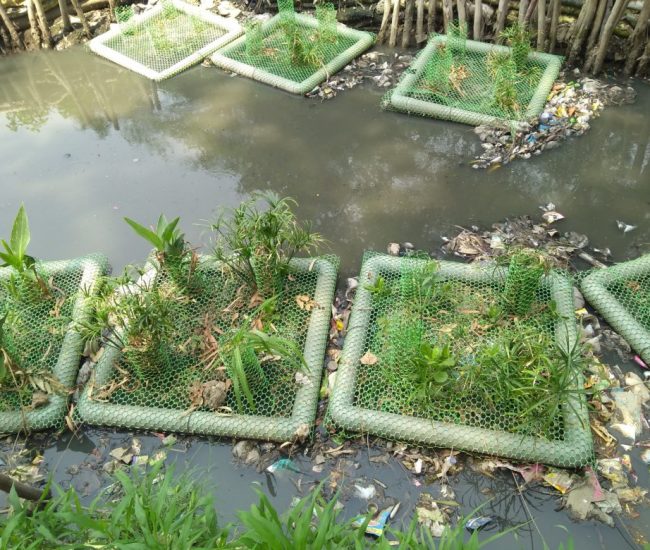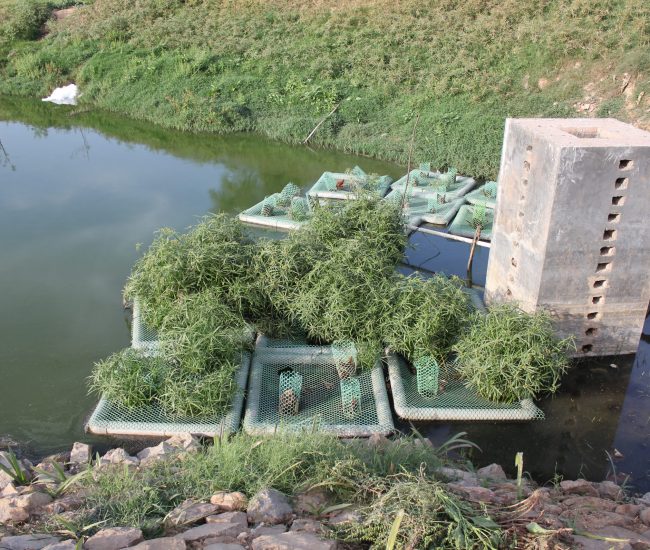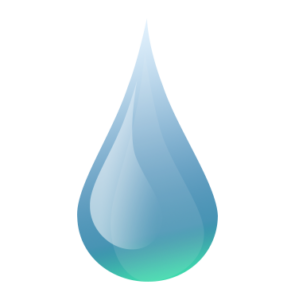In developing countries, water pollution is a key problem, with high levels of contaminates being reported in many rivers. Different pollution control and water treatment technologies methods can be applied to resolve this issue.
Water treatment technologies can be classified as:
Physical Treatment Techniques
Chemical Treatment Techniques
Biological Treatment Techniques


They can also be classified as in-situ or ex-situ technologies.
In-situ remediation techniques involve treatment at the site.
While ex-situ involves the removal of contaminants at a remote location.
Understanding in-situ treatment systems is essential to maintaining and controlling hydraulic conditions in open streams.
Aeration, as a physical treatment approach, is used either as a standalone system or as a support for other systems (e.g., wetlands).
Other examples of physical treatment approaches are water diversion and sediment dredging. Water diversion, however, can be a large-scale, high-cost option while sediment dredging can cause the re-suspension of contaminated sediments. Chemical water treatment methods are also an option, an example of which is flocculation. Flocculation is used for in-situ treatment of both surface water and groundwater.
However, caution should be taken when handling chemicals, as they are potentially hazardous and can be used in large quantities. Bio-degradation is the breakdown of organic compounds by living organisms resulting in the formation of carbon dioxide and water or methane. These microorganisms are bacteria, fungi, and micro fauna (e.g., protozoans, some worms, and some insects). In-situ bio-remediation has many advantages when compared to other techniques, such as low costs, less adverse impacts on the environment, and no secondary production of pollutants. Indeed, many in-situ remediation processes, such as ecological floating bed techniques and constructed wetlands, have been developed for the bio-remediation of polluted surface water and have produced “satisfactory” results.

